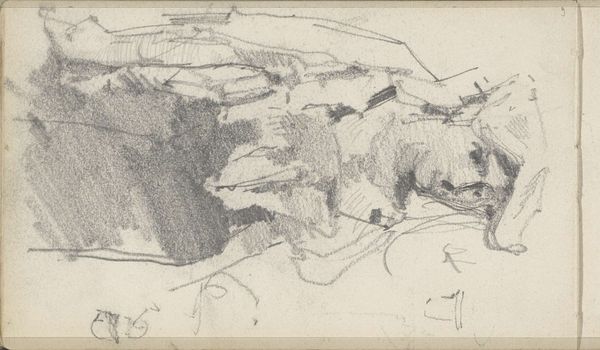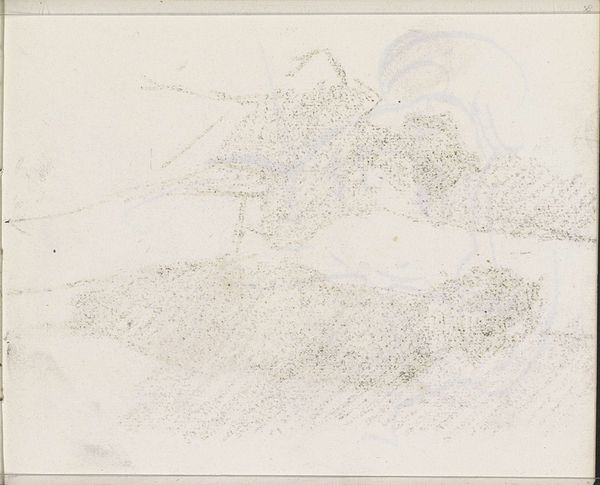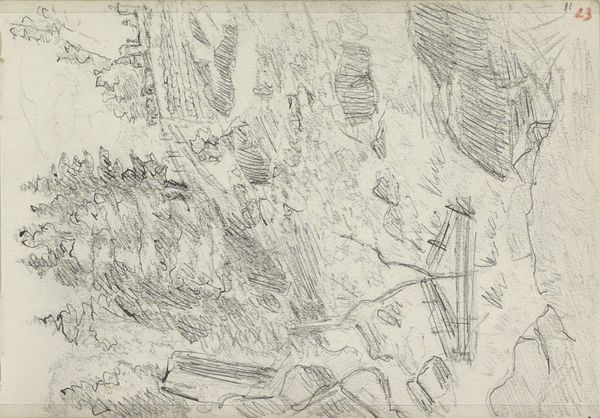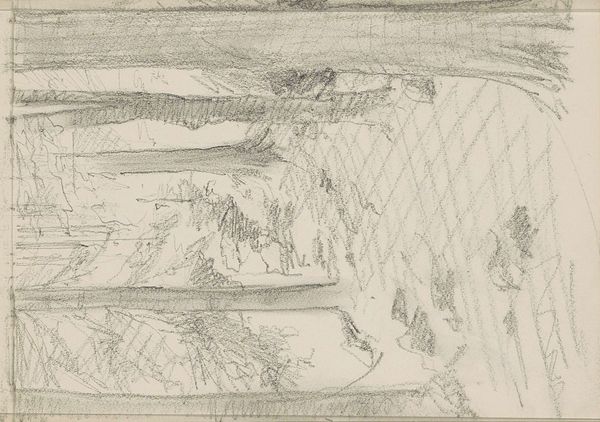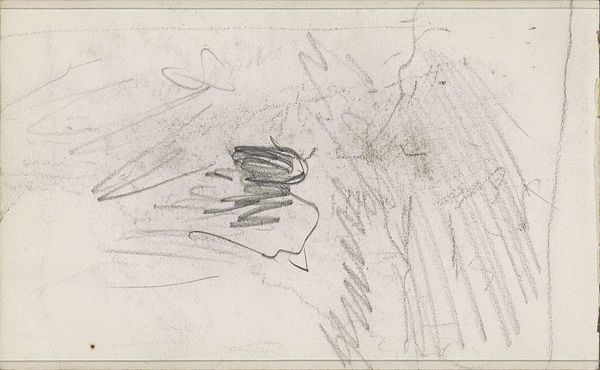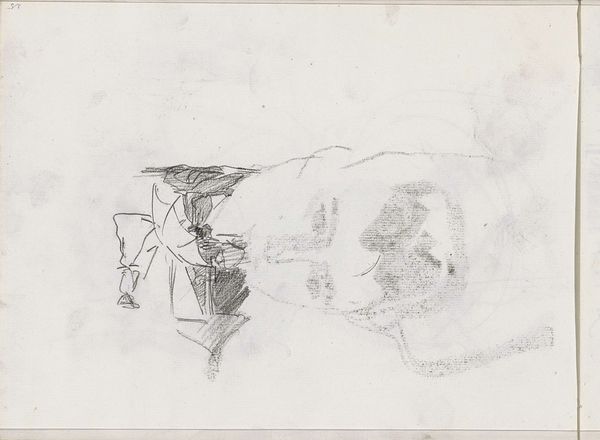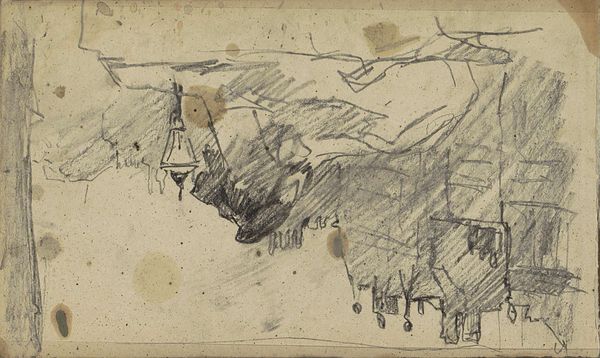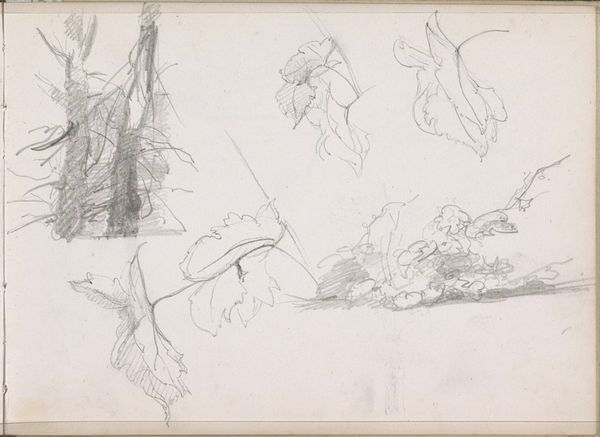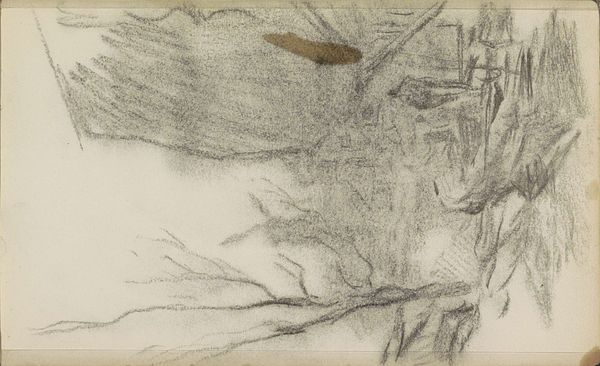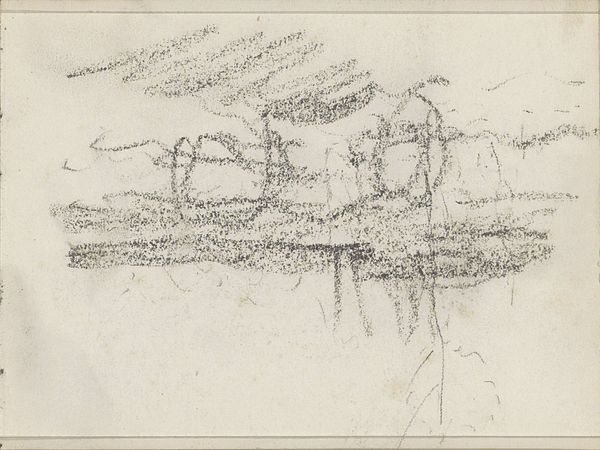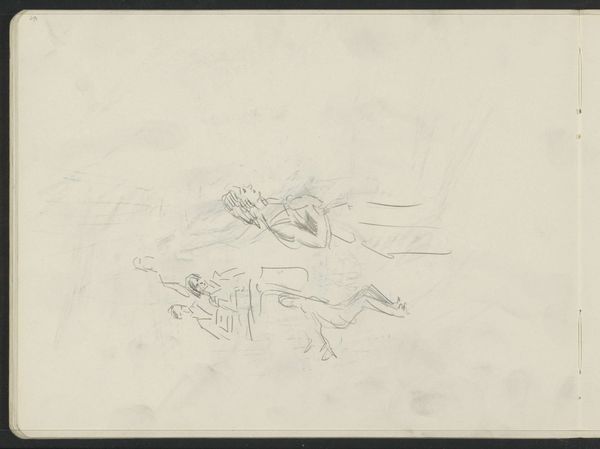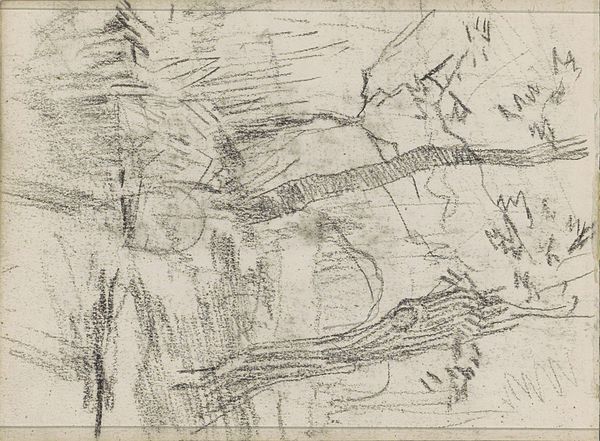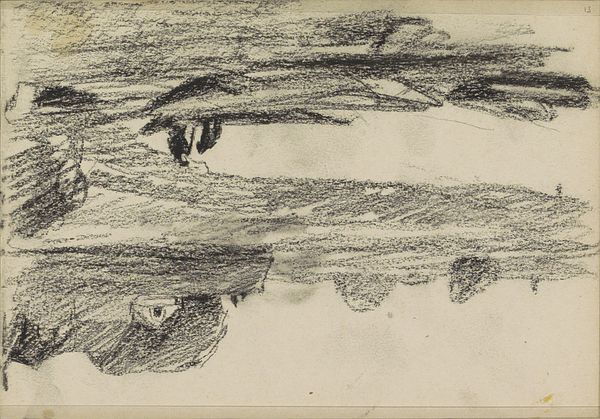
drawing, pencil
#
drawing
#
landscape
#
etching
#
romanticism
#
pencil
Dimensions: 8 3/8 x 6 9/16 in. (21.27 x 16.67 cm)
Copyright: Public Domain
Curator: Theodore Rousseau, a prominent figure in the Barbizon School, created this intriguing pencil drawing, "Study for -The Descent of the Cattle-," in 1834. It's currently held at the Minneapolis Institute of Art. What's your initial read on it? Editor: It feels unfinished, almost ghostly. I see the suggestion of forms—a landscape, certainly—but rendered with such a delicate, almost hesitant hand. The weight of what I am looking at feels so precarious, like one touch will dissolve everything before my eyes. Curator: The apparent lack of finish is interesting. As a study, it reveals Rousseau’s process—his emphasis on capturing the immediate sensation of a place. Pencil, as a medium, lends itself so well to this exploration of form, the texture of paper becoming a landscape itself. The work’s success stems not only from its materiality but also the ready availability of its media. We have mass-produced drawing supplies allowing greater ease for working-class people to join the market of making at this time. Editor: I see it too, but those ephemeral qualities also echo Romanticism's fascination with the sublime and the overwhelming power of nature. That feeling is heightened by what looks to me like a descent-- the downward movement feels almost like a religious iconography in less explicit terms. Are we meant to contemplate our smallness? Curator: It could very well be both, I see the social as a result of natural observations, they seem tied, which in turn creates more discussion of the romantic themes. Let's consider, for a moment, the literal descent of cattle; animals farmed and regulated, made material. We, then, are presented with their power in numbers as they, too, control the landscape in their own manner, eating their surroundings for the sake of survival. It echoes our own exploitation, only on different tiers of production. Editor: An interesting parallel! Though it feels like Rousseau wants us to consider nature on its own terms, prior to that transaction. Those lines feel deliberately fragile to me; suggestive not conclusive. Perhaps, by capturing it this way, there's an implicit argument for its preservation, the kind you might see emerging in Romantic-era nature writing. Curator: I find the very making of this study is, in itself, an early process toward landscape commodification. By choosing to recreate this landscape on paper, one is both consuming and contributing to the landscape's worth. And you can even see in his careful line work the labor that goes into creating value for the market! It all exists here in this unassuming pencil sketch. Editor: So even in its incomplete state, the drawing carries a weight, or perhaps better— a premonition of cultural attitudes toward our environment. It almost begs you to look a little closer. Curator: Precisely, from an aesthetic object it speaks also of land, labor, material accessibility, value-making...it becomes this multi-faceted lens for understanding society’s changing values in the 19th century.
Comments
No comments
Be the first to comment and join the conversation on the ultimate creative platform.
